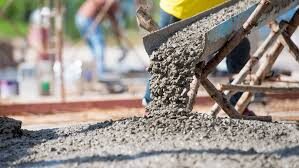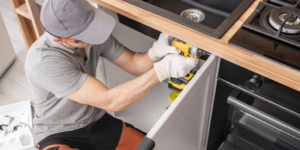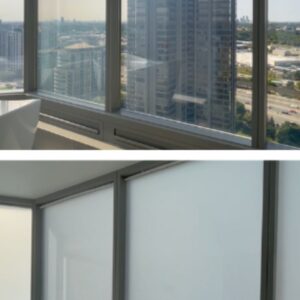The production of concrete is one of Australia’s booming industries. It has been reported that over 30 million cubic meters of concrete were produced in 2018, and higher demand is expected in the years to come. As a result of this booming concrete Australian industry, over $15 billion has been added to the country’s national budget. Here are some projects that contributed to the increase of concrete demand in Australia:
Building projects
The Australian population is growing by 1.5% every year. Much of this population growth is due to overseas migration. An increase in population also necessitates an increase in the demand for commercial and residential buildings. As such, building projects are coming up left and right in almost all the urban areas in the country. Currently, high-rise residential buildings, particularly in the eastern part of Australia, are some of the top priority projects of many construction companies. It is also determined that there will be a steady 2% growth in construction work every quarter of the year.
Concrete is the primary material in any construction project. Australian builders prefer this to other alternatives because it is eco-friendly and contributes to sustainable development. Concrete products produced in the country are characterized by less carbon dioxide emissions.
Regulations for concrete production and usage for residential and commercial buildings are stated in AS1379. Based on this regulation, residential houses should use concrete characterized by 25 MPa. Meanwhile, the minimum requirement for commercial structures is 100 MPa.
Fills
Concrete products are also widely used for filling. Unlike other materials, has compressive strength, but it can also be broken down easily if there is a need to excavate the site.
Flowable fill concrete is generally used for this purpose. It is self-compacting and can cover voids in hard-to-reach places. Furthermore, it only takes a few hours to harden. It is also self-leveling, so you do not have to worry about using additional equipment to flatten its layers.
Landscapes and decorations
Concrete in Australia is not only used to enhance structural integrity. Many manufacturers produce decorative materials that can be used on driveways, walls, patios, and floors. They become aesthetically-pleasing through a variety of processes which are done either before or after the curing period.
Acid staining is one of the procedures for transforming a normal-looking concrete. It is done by combining cement to a mixture of muriatic acid, mineral salt, and water. Sometimes, sodium bicarbonate, iron chloride, and hydrochloric acid are also used. The resulting product of this combination is a concrete featuring earth colors. The material is then scrubbed with baking soda or ammonia to neutralize its pH level. The whole process only takes about 1-4 hours, but the result is phenomenal.
Another technique in creating decorative concrete is stamping. In this process, color and texture are added to concrete products to make them look like bricks, cobblestones, or slates. Designs are typically created through the use of molds. Meanwhile, colors are manipulated through the use of color hardeners, dry shakes, or liquid releases. In theory, the sky’s the limit for the number of designs an Australian company can produce through this technique.
The production and use of concrete have significantly contributed to the Australian economy. This material is an essential product not just for enhancing the structural integrity of buildings, but also for beautifying them. It is one of the products that will always be present in most construction projects.












Commented Posts